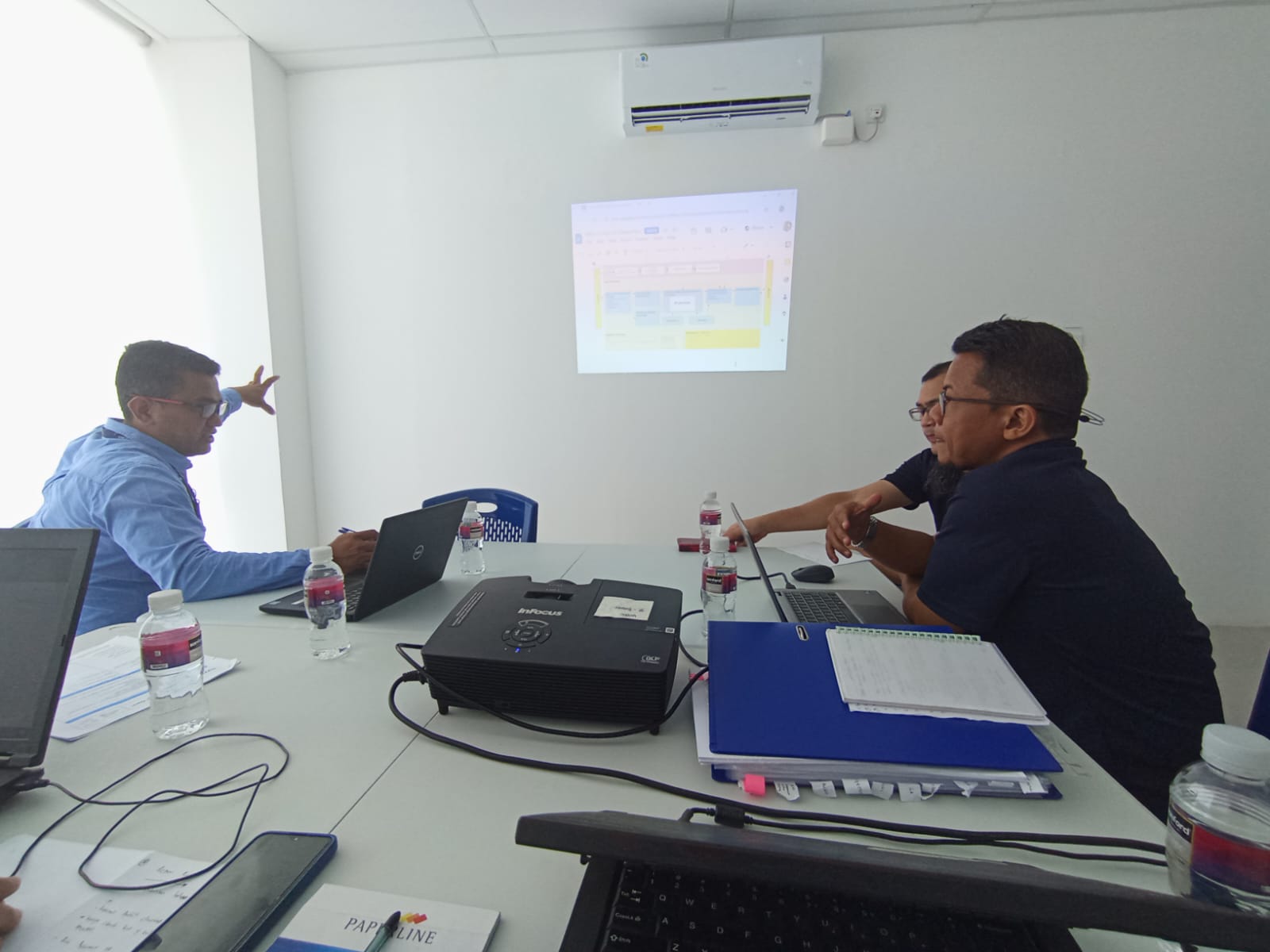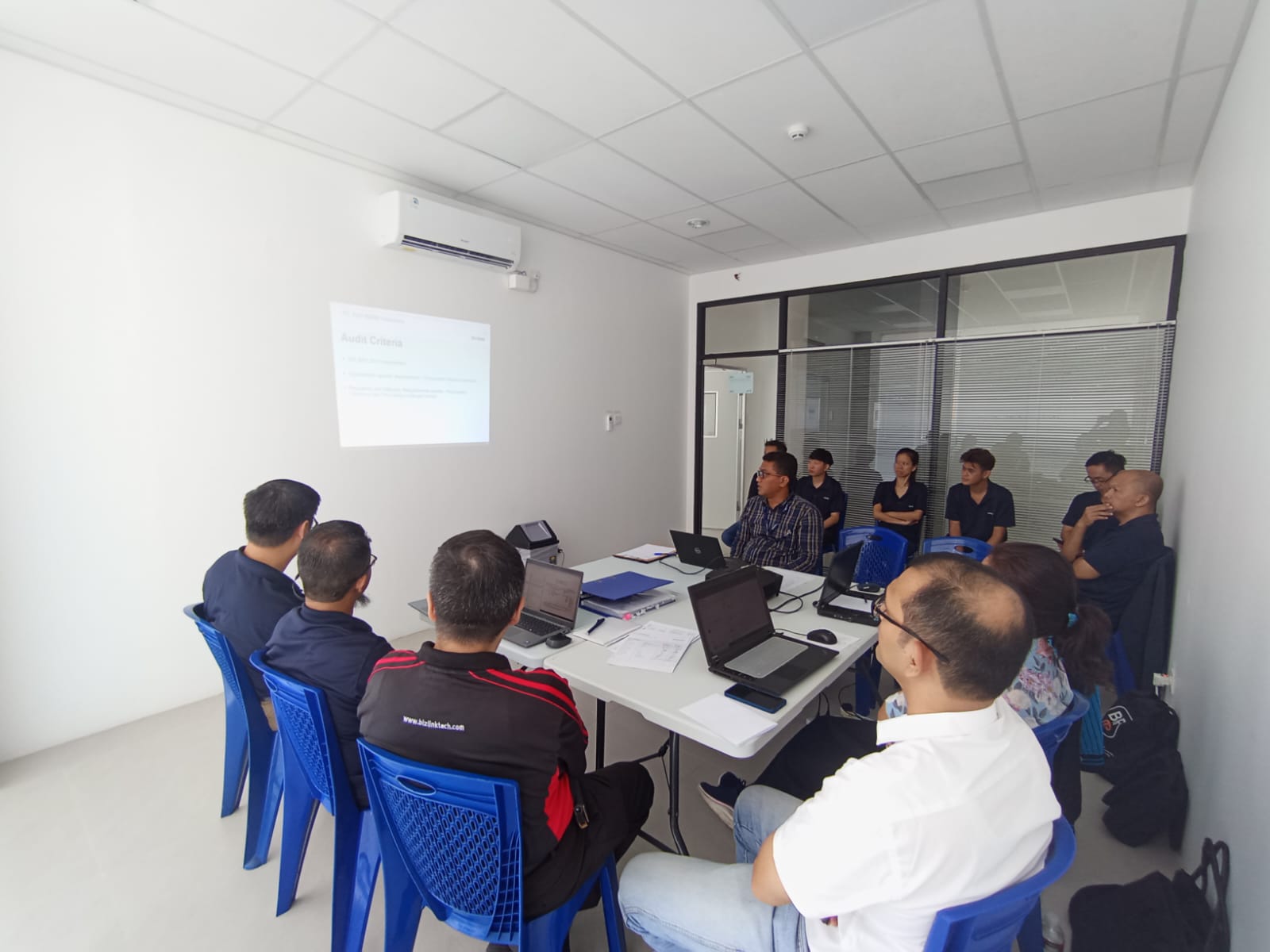ISO stands for International Organization for Standardization, which is an international organization tasked with developing and establishing international standards for various industrial, technological and service sectors throughout the world.
The main objective of ISO is to ensure that products, services and processes meet certain standards of quality, safety and efficiency so as to improve interoperability, security and reliability across various industries globally.
ISO issues various standards, including well-known ones like ISO 9001 for quality management, ISO 14001 for environmental management, and ISO 45001 for occupational health and safety. ISO serves to harmonize national standards across countries to ensure smooth international trade and product quality and safety.
The Complete Guide to ISO Standards
ISO 9001: Quality Management System
ISO 9001 is the international standard for Quality Management Systems (QMS). This standard provides a structured framework to ensure organizations can consistently meet customer needs and deliver high-quality products or services.
ISO 9001 focuses on planning, controlling and improving business processes in order to achieve customer satisfaction and operational efficiency.
Benefits for Companies:
Certainly, companies will reap various benefits from implementing these quality standards. Here are some of the benefits:
1. Improve Performance
A well-structured system can also improve performance. Once a company’s systems and management are running effectively and efficiently, its performance can also improve. This can also lead to higher levels of profitability. If it can operate stably, it can become more competitive on a global scale.
2. Increase Consumer Confidence
As discussed previously, company quality is strongly linked to customer satisfaction. Using appropriate standards will increase customer satisfaction with the products or services they use. This, in turn, can increase satisfaction with the company.
3. Operational Efficiency and Effectiveness
With a good management system, a company’s various operational activities can run more efficiently and effectively. This can be achieved by implementing various standards that guarantee their quality.
Benefits for Employees
The benefits of implementing ISO 9001:2015 can also be felt by the company’s employees, some of the benefits are:
1. Increase satisfaction in doing work
If a company implements various systems and management that are well-structured and well-organized, it can simplify various tasks within the company. Employees who implement these systems can work more comfortably and experience increased levels of satisfaction. A positive work climate will also boost employee morale.
2. Pride in the Company Becomes Higher
Working for a company that maintains international quality standards can be a source of pride for its employees. This can be achieved by companies that have implemented ISO 9001:2015.
3. Providing a Learning Process
Structured management can provide learning for all elements of the company, including its employees. Continuous evaluation and improvement can also provide valuable lessons. Furthermore, achievements achieved after implementing quality standards can serve as additional motivation for company employees. This can be a challenge in itself to continuously improve, in order to produce the highest quality products.
Benefits for Consumers
Because implementing ISO 9001:2015 can improve product quality, it will benefit consumers. These benefits include:
1. Products/Services Meet Expectations
With the various standards implemented by the company, the quality of the products or services produced can be maximized, and consumer expectations can be met.
2. Increase your trust and feel safe
There are various terms and conditions that must be met to implement ISO 9001:2015. This provides assurance for the distribution of products and services and mitigates various unexpected risks.
3. Increased Satisfaction
With guaranteed quality standards, consumers can expect services or products that are reliable and provide a sense of security. These factors can increase customer satisfaction.
ISO 14001: Environmental Management
ISO 14001:2015 is an international standard that governs environmental management systems (EMS). Issued by the International Organization for Standardization (ISO), this standard provides a framework for organizations to manage the environmental impacts of their operations.
Understanding ISO 14001:2015
ISO 14001:2015 defines requirements for an environmental management system that helps organizations identify, manage, reduce, and, where feasible, eliminate their negative impacts on the environment. This standard applies to all types of organizations, whether businesses, governments, or non-profits, that want to improve their environmental performance.
Objectives of ISO 14001:2015
The primary objective of ISO 14001:2015 is to help organizations achieve a balance between environmental stewardship, societal well-being, and economic sustainability through the application of good management practices. By implementing an effective environmental management system, organizations can:
- Complying with Environmental Regulations : Identifying and complying with relevant environmental regulations and ensuring that their operations are in compliance with these regulations.
- Reducing Environmental Impacts : Identifying the environmental aspects of their operational activities, such as energy use, waste management, and emissions, and then planning actions to reduce these negative impacts.
- Improving Environmental Performance : Measuring and monitoring environmental performance regularly to achieve set targets for reducing environmental impacts.
- Improving Efficiency : Identifying opportunities to improve resource efficiency and reduce operational costs through more sustainable practices.
Benefits of ISO 14001:2015
Implementing ISO 14001:2015 provides several benefits to organizations:
- Enhanced Reputation : Having ISO 14001 certification can enhance an organization’s reputation with customers, suppliers, and other stakeholders due to its commitment to environmentally responsible practices.
- Legal Compliance : Complying with applicable environmental laws and regulations can reduce legal risks and fines that may arise from violations.
- Cost Savings : Through efficient use of resources and waste reduction, organizations can reduce long-term operational costs.
- Innovation : A focus on environmental risk management and improving environmental performance can drive innovation in more sustainable products and processes.
- Improved Relationships with Stakeholders : Demonstrating social and environmental responsibility can improve relationships with suppliers, investors, and local communities.
The benefits of ISO 14001 certification for manufacturers are as follows:
- Reducing the potential for conflict between workers and employers in providing a decent and healthy working environment and can increase worker productivity through time and cost efficiency.
- Bridging environmental regulatory compliance in a more planned and structured manner.
- Wiser use of natural resources towards creating eco-efficiency.
- Maintaining the image of industrial businesses which have often been negatively associated with environmental pollution.
The benefits of ISO 14001 certification for the environment are as follows:
- Reducing environmental pollution by reducing the use of hazardous chemicals.
- Reducing hazardous waste can reduce social disturbances arising from the existence of the industry itself, for example, reducing noise, water pollution, air pollution, traffic jams, and social responsibility .
ISO 45001 : Occupational health and safety management
ISO 45001 replaces OHSAS 18001 and specifies requirements for an occupational health and safety (OHS) management system. It is designed to assist organizations of all sizes and industries in creating a safe and healthy workplace for workers. The standard emphasizes hazard identification, risk assessment, and implementation.
What are the objectives of using ISO 45001?
ISO 45001 covers several key objectives for occupational health and safety (OHS) in the workplace. These are:
- Preventing Occupational Injuries and Illnesses ISO 45001 aims to reduce the risk of injury, illness, and ill health caused by work activities. This standard helps organizations identify potential hazards and take necessary preventive measures.
- Reducing Costs and Losses By understanding OHS risks and implementing effective preventative measures, organizations can reduce costs associated with workplace injuries, insurance claims, and the replacement of injured workers. This contributes to operational efficiency and improved profitability.
- Increase Productivity. A safe and healthy work environment contributes to increased productivity. Employees who feel safe and valued tend to be more productive in their jobs.
- Legal Compliance ISO 45001 requires organizations to comply with all applicable OHS rules and regulations. This helps organizations avoid legal penalties and enhances their reputation.
- Increasing K3 Awareness and Training This standard emphasizes the importance of OHS training and awareness for employees, so that they can understand the risks and how to avoid them.
Who Can Implement ISO 45001?
ISO 45001 can be applied by various types of organizations, including:
- Large and Small Companies: Companies of all sizes, both large and small, can implement ISO 45001 to improve their occupational health and safety (OHS) management systems.
- Diverse Industries: This standard is relevant to a wide range of industry sectors, including construction, manufacturing, healthcare, agriculture, and other service sectors. Any organization with occupational health and safety risks can benefit from ISO 45001.
- Public and Private Organizations: Both government and private organizations can implement ISO 45001 to ensure occupational safety and health in their workplaces.
- Multinational Companies : Organizations operating in multiple countries can use ISO 45001 to implement consistent OHS standards across their operational locations.
What are the benefits of implementing ISO 45001?
The following are some of the main benefits of implementing ISO 45001 for organizations in improving occupational health and safety (K3):
a. Reducing Work Accidents and Injuries
ISO 45001 provides a clear framework for identifying and reducing the risk of workplace accidents and injuries. By implementing this standard, organizations can take appropriate preventive measures, thereby reducing costs related to injuries and absenteeism.
b. Improving Legal Compliance
Implementing ISO 45001 helps organizations maintain compliance with applicable OHS laws and regulations. By adhering to this standard, companies can avoid fines and sanctions and build a strong reputation for occupational safety and health.
c. Increase Productivity and Efficiency
By reducing health and safety risks in the workplace, ISO 45001 can improve employee productivity. A safe work environment contributes to better morale and reduced staff turnover, which in turn improves operational efficiency.
d. Increasing Stakeholder Trust
Implementing ISO 45001 demonstrates a company’s commitment to employee health and safety, which can increase trust from customers, suppliers, and the community. It can also strengthen the company’s reputation as a socially responsible entity.
e. Improving Employee Morale and Satisfaction
A safe and healthy work environment contributes to increased employee job satisfaction. Employees who feel safe tend to be more motivated and committed to their work.
f. Reduction of Insurance Costs By reducing workplace accidents and injuries, companies can experience lower insurance costs. Work-related insurance claims decrease, which positively impacts the company’s operating costs.
For more information or assistance with ISO certification, contact us at:
• Call Center: 083191312000
• Email: marketing@isospace.id
• Contact: Kristina Saragi, 081268161778, kristina@isospace.id





Leave a Reply